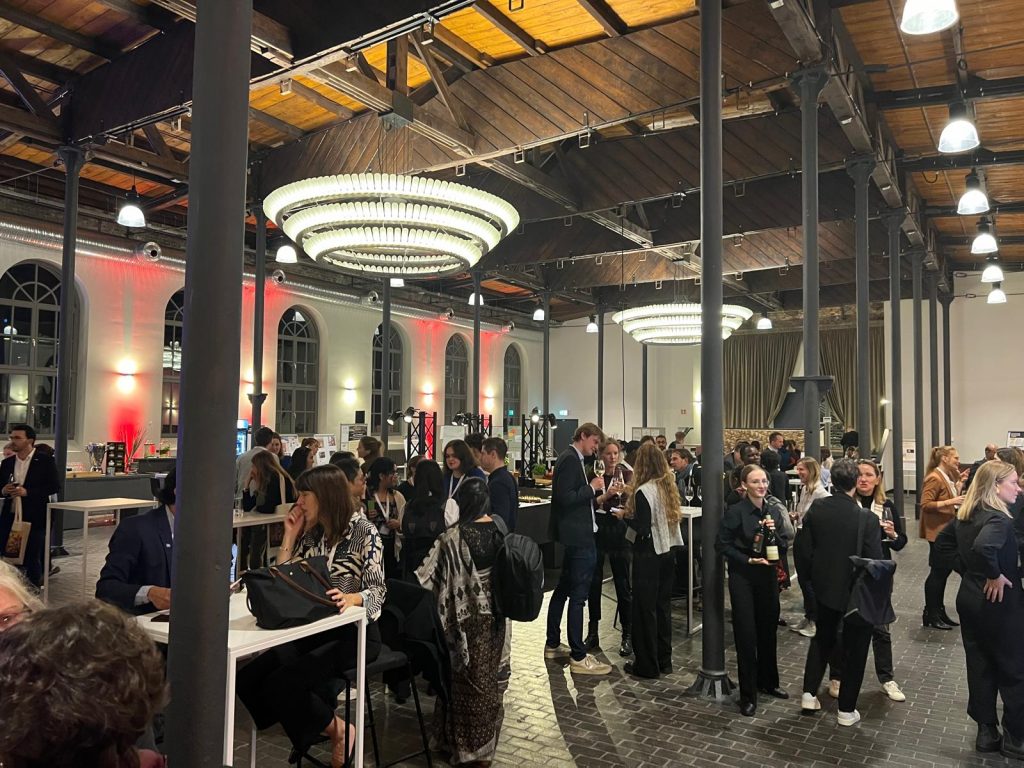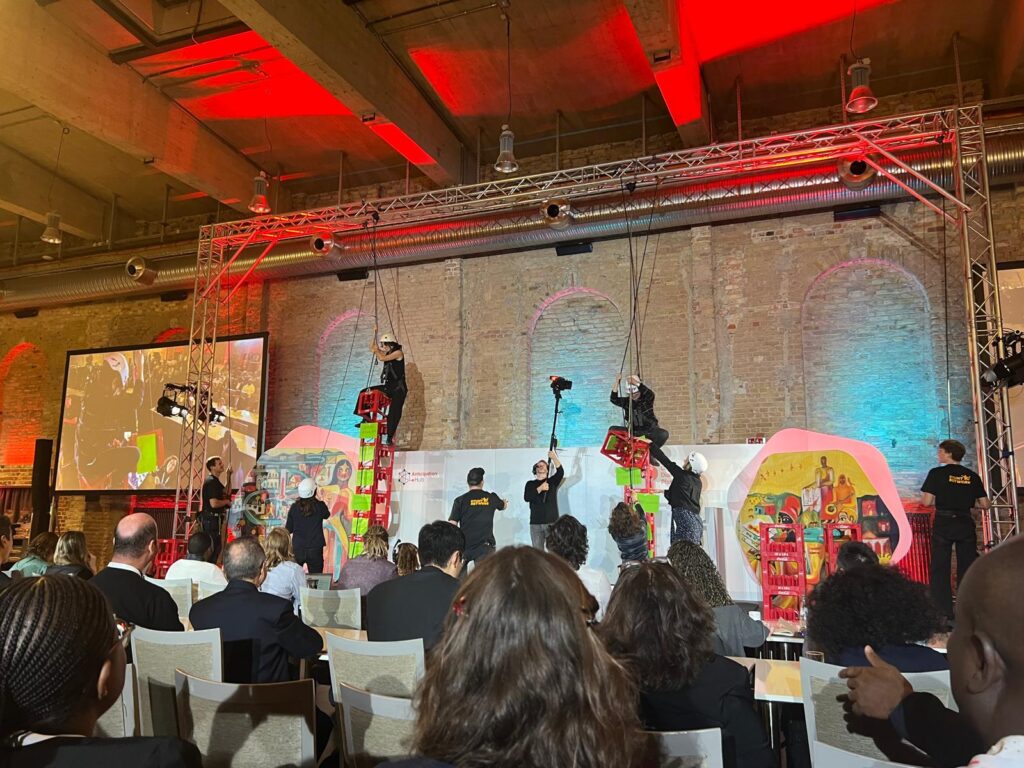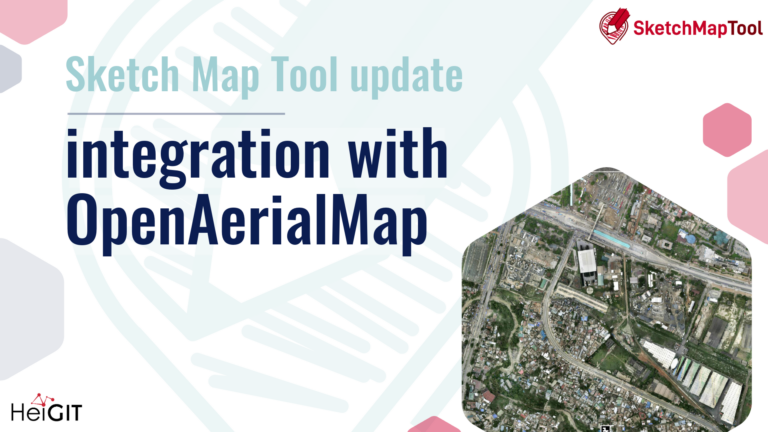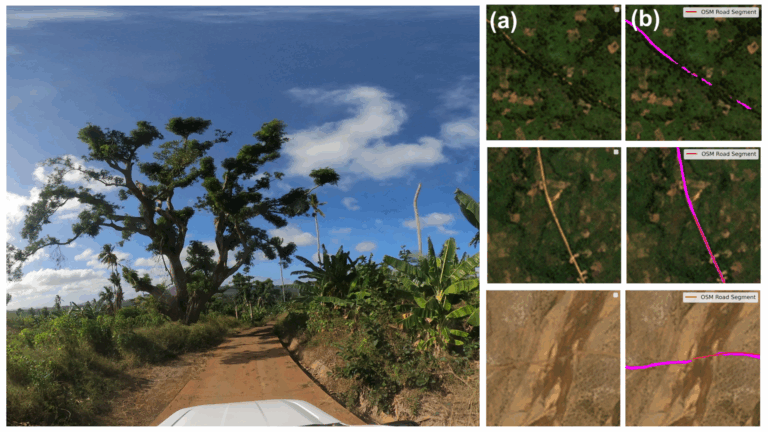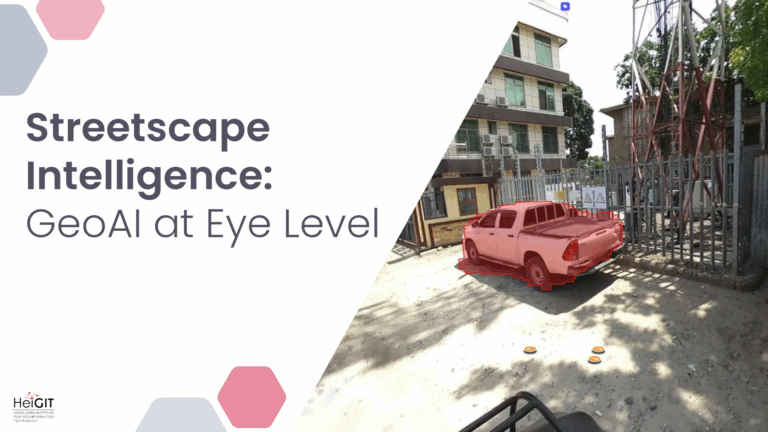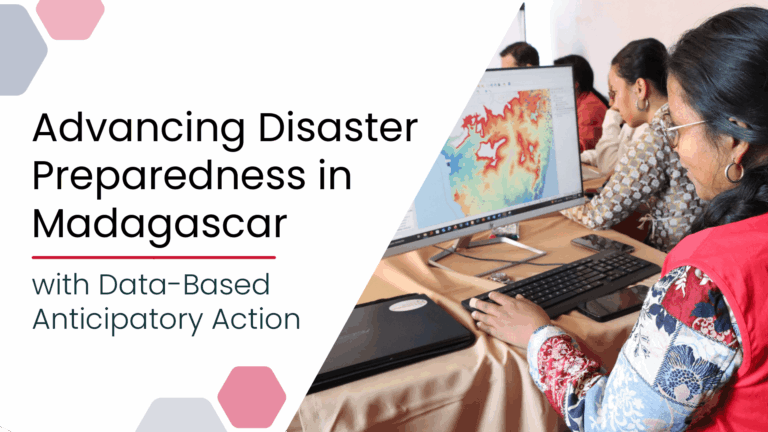Stuntmen, jugglers, humanitarians stacking and climbing boxes, wildcard sessions – not the usual things you would expect at a conference. But all of these shaped this year’s Global Dialogue Platform and helped participants to leave their usual comfort zones. In dynamic discussions, interactive workshops, plenaries and side sessions, humanitarian practitioners, policymakers, tech experts and many further stakeholders shared, gathered and discussed ideas around anticipatory action.
This year’s Global Dialogue Platform took place in Berlin and counted 380 people who attended in-person as well as over 1500 online attendees, making it the biggest Dialogue Platform ever. HeiGIT was not only actively supporting the conference sessions in general, but also organized two sessions in which our projects, tools and expertise were presented.
In the session “Hopping to Conclusions“, Anne Schauss presented current approaches, ideas and challenges in the ongoing joint project of HeiGIT, the German Red Cross and the Somali Red Crescent Society to develop an Early Action Protocol for Locust Outbreaks in Somaliland. Within the frame of this project, HeiGIT conducted geospatial and spatial correlation analyses to uncover historical patterns in locust infestations, focusing on identifying key environmental drivers—such as temperature, vegetation, and soil moisture—observed in remote sensing imagery that correlate with locust activity.
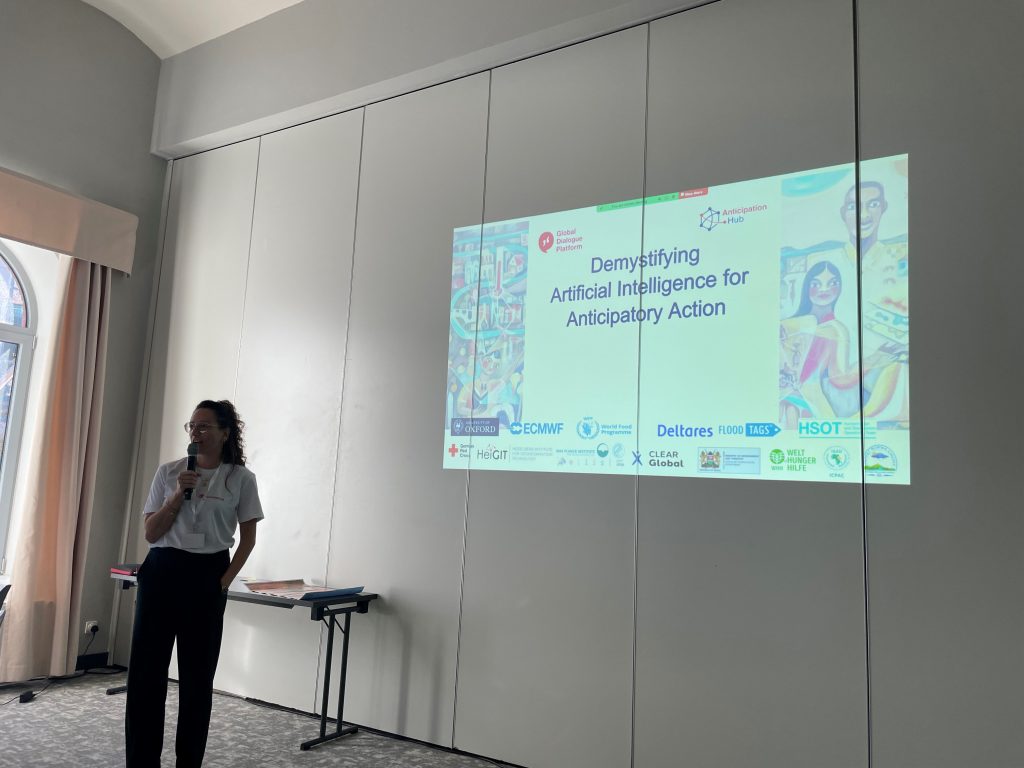
During a 2,5 hour workshop named “Demystifying Artificial Intelligence (AI) for Anticipatory Action (AA)“, attendees had the chance to gather insights, ask questions and test tools and applications developed by a great variety of organizations. In an engaging world-café setting, workshop participants could choose from different topics of three categories:
Ask Me Anything: Diving into ethical considerations around the use of AI and into the use of AI for climate forecasting. These topics were covered by experts from Welthungerhilfe, Humanitarian Stabilisation Operations Team (HSOT), WorldFoodProgram, and Kenya Meteorological Department.
Try Me Out: Explore hands-on applications of AI in AA! DRK, HeiGIT, and Deltares showcased tools that are already utilized across the AA cycle, such as FloodTags, Sketch Map Tool and MapSwipe4Web.
Sneak Preview: Max Planck Institute for Biogeochemistry and CLEAR Global gave a sneak preview into AI tools that are currently in development, including the Drought Impact Forecasting, Language Maps and Language Voice Data tools, inviting to shape the future of AI in humanitarian efforts.
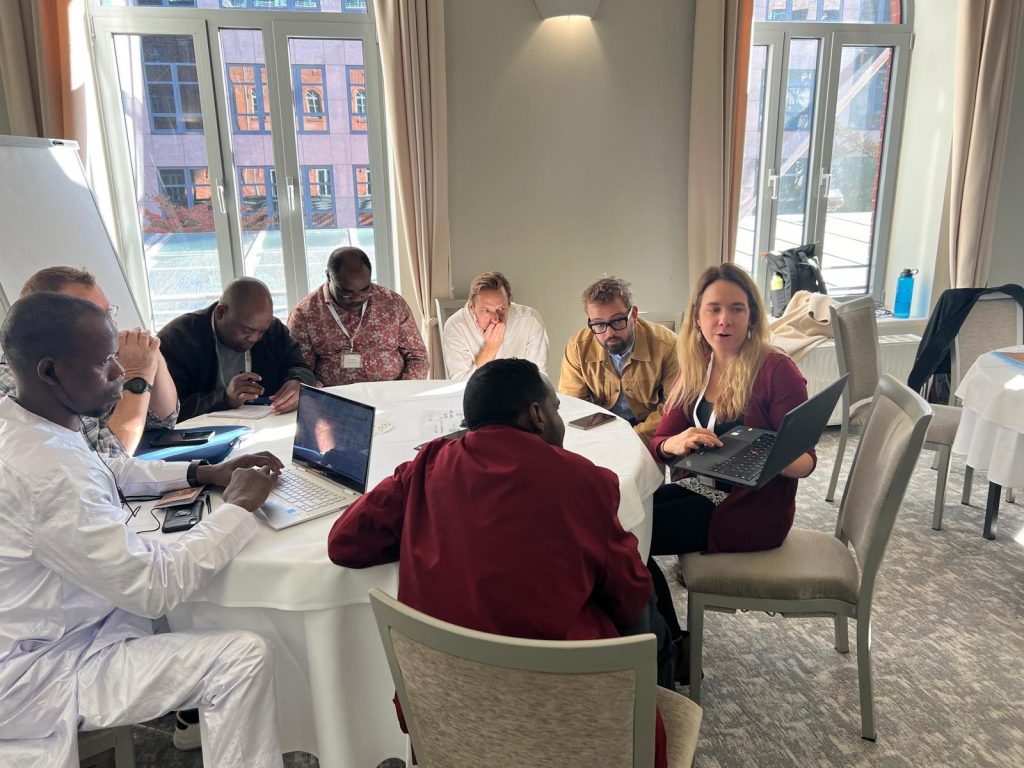
At the end, participants were invited to take a look into the future: In a lively discussion they defined wishes and discussed what would need to be done today to shape a future for AI in AA. The workshop was very well attended by in-person and online participants alike, highlighting a great interest in the demystification of AI for AA.
We are very much looking forward to further follow-ups, and to creating innovative solutions with current and new partners that make a difference and progress the AA approach even further. One of our near-term goals is to foster a community which enables relevant and interested parties to connect, which facilitates the exchange newly developed applications, and which generates visibility for work done in the context of Artificial Intelligence in Anticipatory Action.
